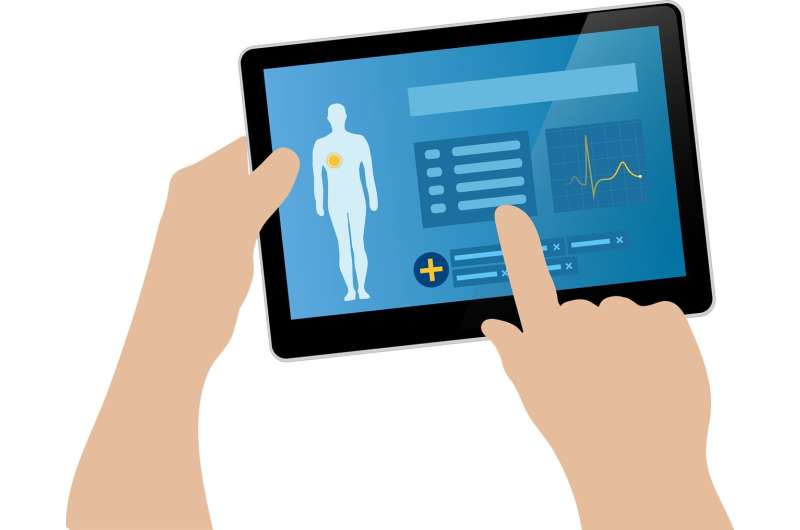This article has been reviewed according to Science X's editorial process and policies. Editors have highlighted the following attributes while ensuring the content's credibility:
fact-checked
peer-reviewed publication
trusted source
proofread
A method for integrating patient-reported outcomes for patients with primary mitochondrial disease

Researchers from the Mitochondrial Medicine Program at Children's Hospital of Philadelphia (CHOP) developed a new method of capturing patient and caregiver reported outcomes that can be readily integrated with clinical information from the electronic medical record to provide important information that helps guide tailored treatment strategies. The findings were recently published in the journal Molecular Genetics and Metabolism.
Adopting this novel strategy into routine clinical practice is particularly useful for rare disorders such as primary mitochondrial disease, where clinical symptoms and quality of life may vary widely among patients.
In this study, patient and caregiver reported outcomes were captured at regular intervals via convenient emails containing electronic surveys, with an emphasis on quantifying clinical aspects of their health that are commonly reported in patients with mitochondrial disease.
The group was able to integrate these outcomes with clinically captured medical record data successfully. The study found that adults with primary mitochondrial disease reported significantly worse quality of life and greater fatigue than children suffering from these energy deficiency diseases. Additionally, primary mitochondrial disease patients with nuclear gene disorders reported lower functioning in several clinical areas relative to those patients with a mitochondrial DNA gene disorder.
"This is an important milestone that enables those treating patients with primary mitochondrial disease to offer a more personalized approach for treating a highly heterogeneous population of patients," said first study author Laura E. MacMullen, BA, CCRC, a lead certified clinical research coordinator in the Division of Human Genetics and a Clinical Research Program Manager with the Mitochondrial Medicine Program at CHOP.
"Broader implantation of this framework could allow institutions to more widely share their data and create larger databases that yield more meaningful findings that can help these patients."
"This low-cost, high-yield approach represents a major step forward toward regularly incorporating the patient voice and participation in objective evaluation of their disease progression and response to candidate therapies, said study senior author," said Marni J. Falk, MD, attending physician and Executive Director of the CHOP Mitochondrial Medicine Program.
"It further highlights the ability to effectively capture prospective natural history data on every patient, regardless of the frequency of their specific genetic cause of disease."
More information: Laura E. MacMullen et al, Bridging the clinical-research gap: Harnessing an electronic data capture, integration, and visualization platform to systematically assess prospective patient-reported outcomes in mitochondrial medicine, Molecular Genetics and Metabolism (2024). DOI: 10.1016/j.ymgme.2024.108348




















